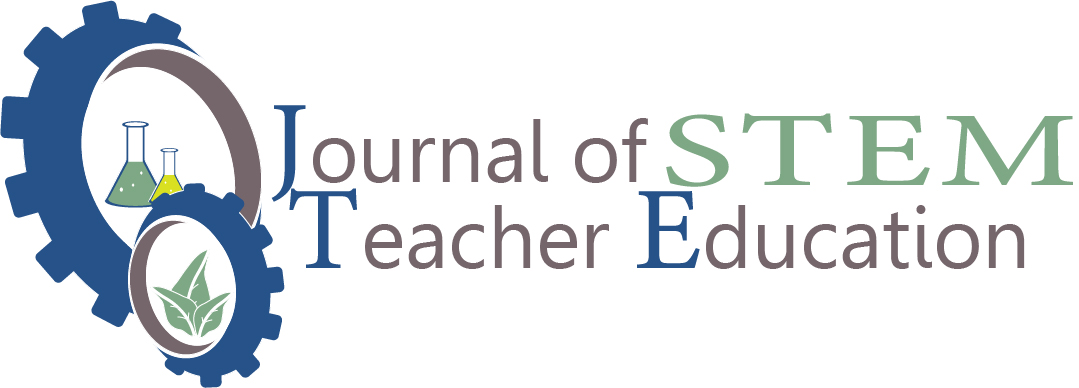
Abstract
The study utilized a semistructured interview approach to identify phenomena that are related to integrated STEM education by addressing the question: What are the critical components of an integrated STEM definition and what critical factors are necessary for an integrated STEM definition’s implementation? Thirteen expert practitioners were identified and interviewed. The interviews were transcribed and analyzed for content in three different ways: by person, by interview question, and across all interviews using exploratory data analysis methods. Ten identified phenomena were grouped into two classes: structural implementation phenomena and interpersonal implementation phenomena. The structural implementation phenomena were: subject integration, project-based learning, and design-based education; nontraditional assessment; STEM content; time; professional development; and outside support (from businesses and industry). The interpersonal implementation phenomena include: leadership; collaboration; willingness; authentic, relevant, and meaningful experiences for participants; and outside support (from people in business and industry). The analysis concluded that these phenomena could be considered both critical components and key implementation factors due to their interconnected nature. The data showed that the identified phenomena are necessary as part of an integrated STEM curriculum, which makes them critical components, and that the identified phenomena are critical to create and implement an integrated STEM setting, making them implementation factors as well. Implications for further research include: the possibility of looking at the interconnectedness of the phenomena, examining how each phenomenon contributes to integrated STEM, and measuring current STEM implementations to see if they incorporate the identified phenomena. Additionally, inclusion of an absent phenomenon could be researched to see if integrated STEM education is improved.
Recommended Citation
Sandall, Brian K.; Sandall, Darrel L.; and Walton, Abram L. J.
(2018)
"Educators’ Perceptions of Integrated STEM: A Phenomenological Study,"
Journal of STEM Teacher Education: Vol. 53:
Iss.
1, Article 3.
Available at:
https://ir.library.illinoisstate.edu/jste/vol53/iss1/3
Included in
Curriculum and Instruction Commons, Engineering Education Commons, Other Education Commons, Other Teacher Education and Professional Development Commons, Science and Mathematics Education Commons, Secondary Education and Teaching Commons

